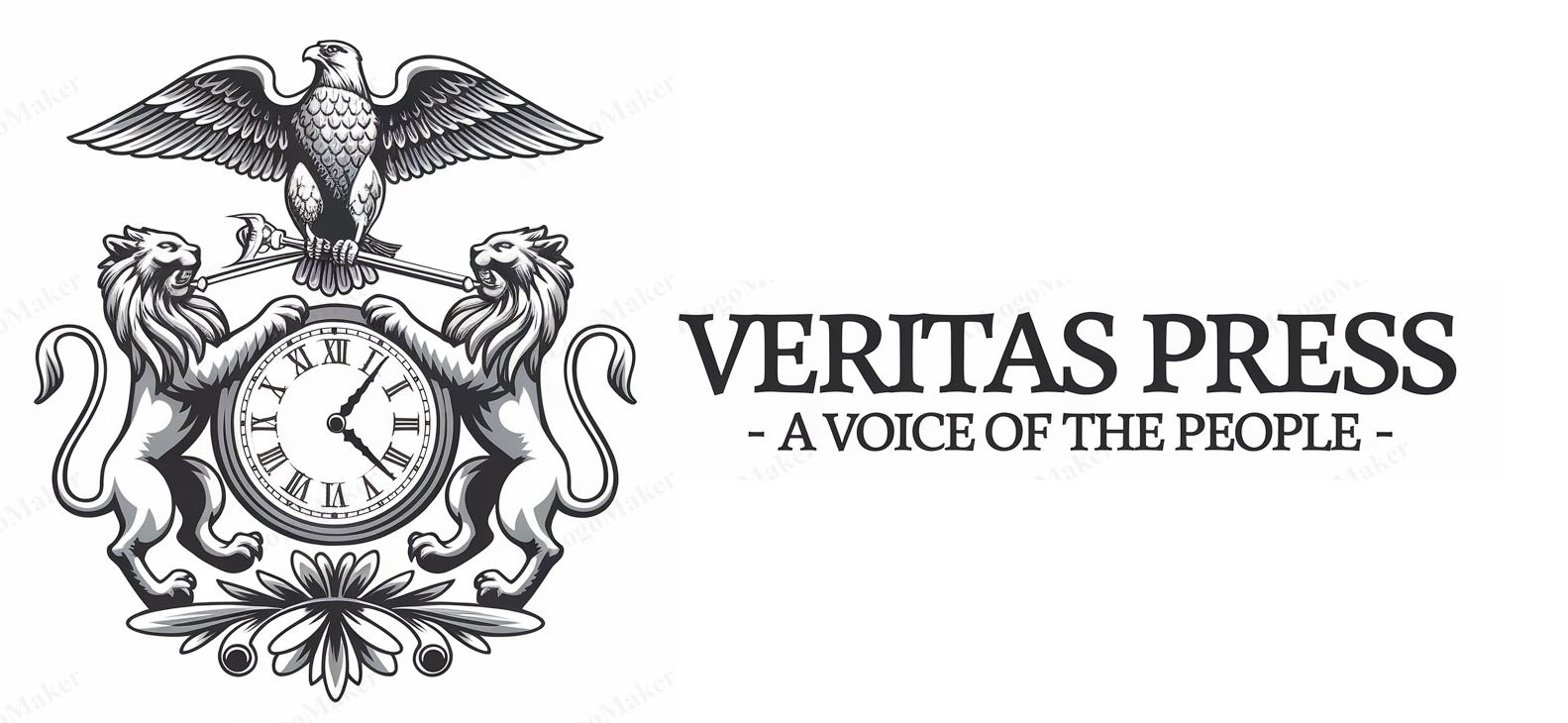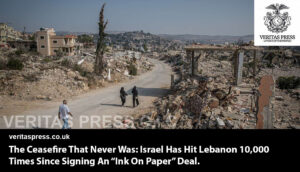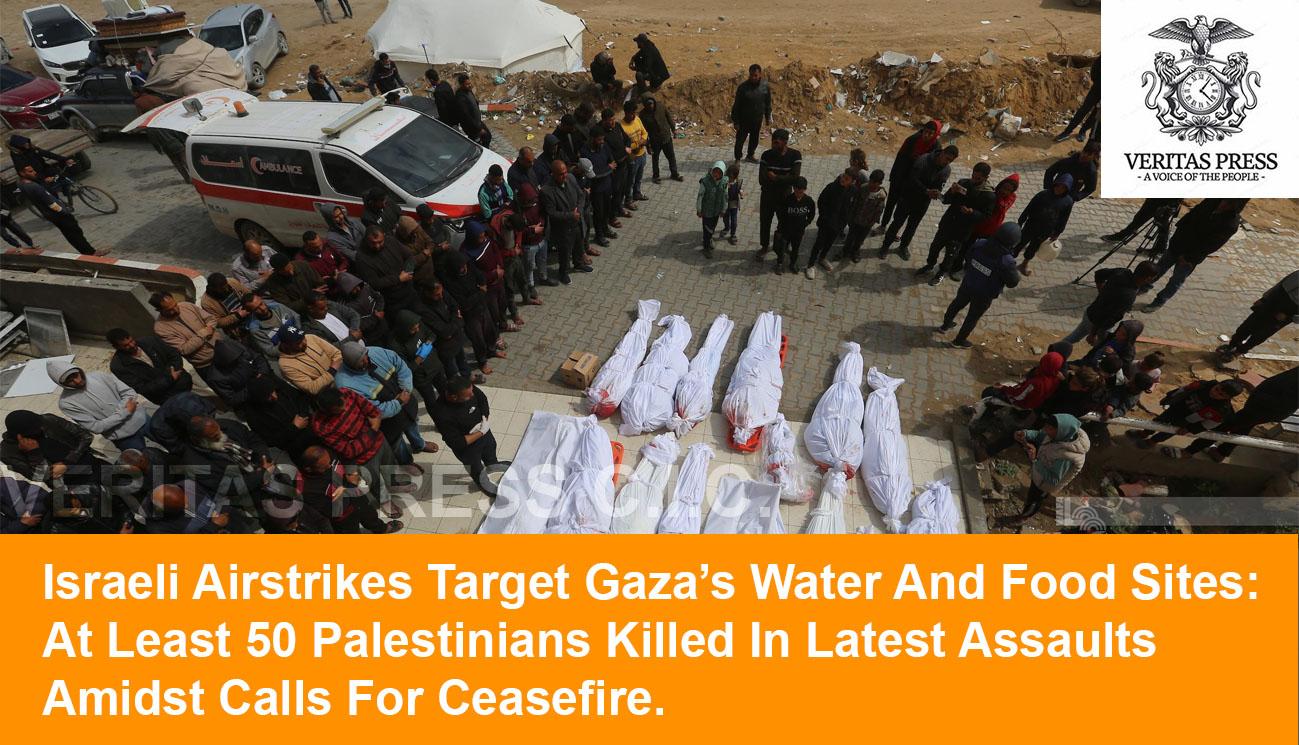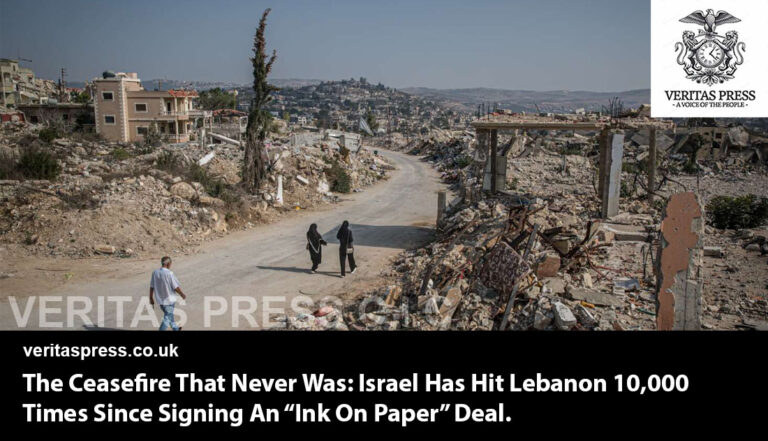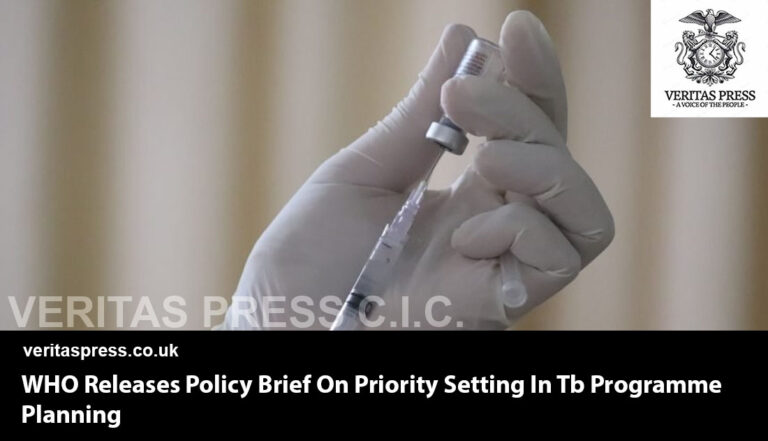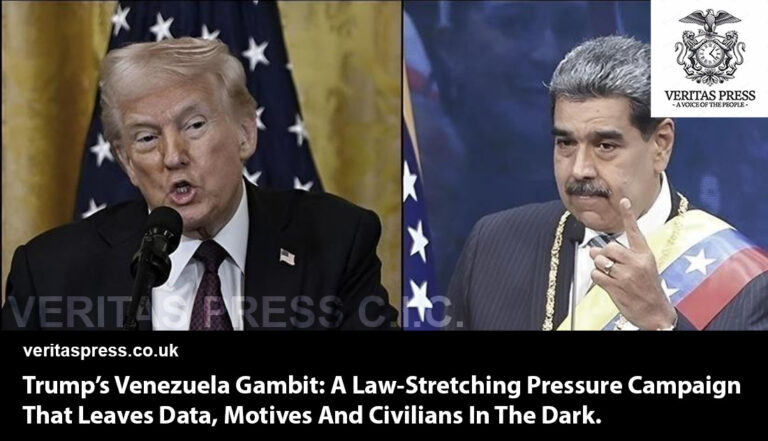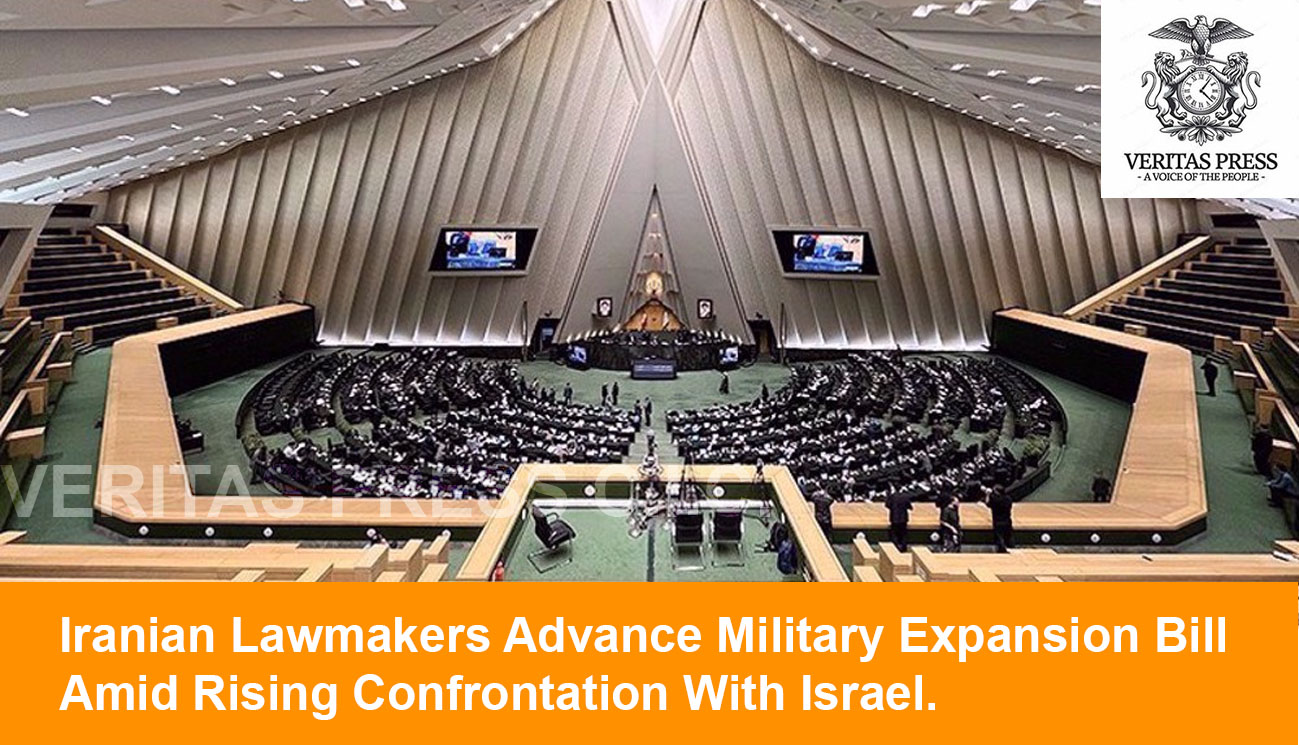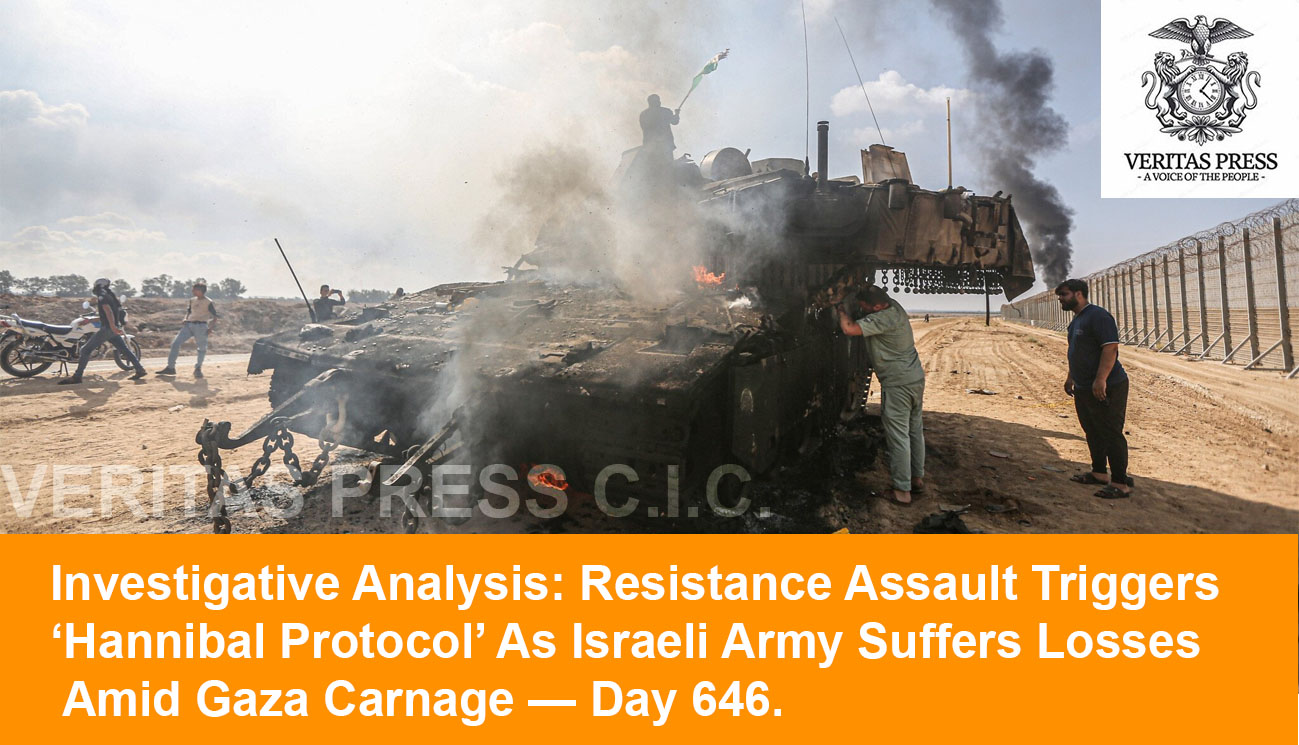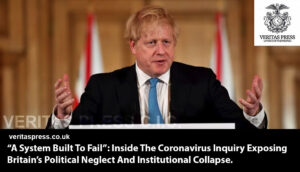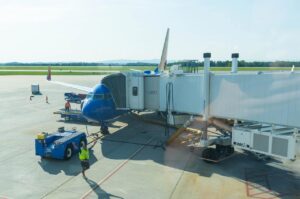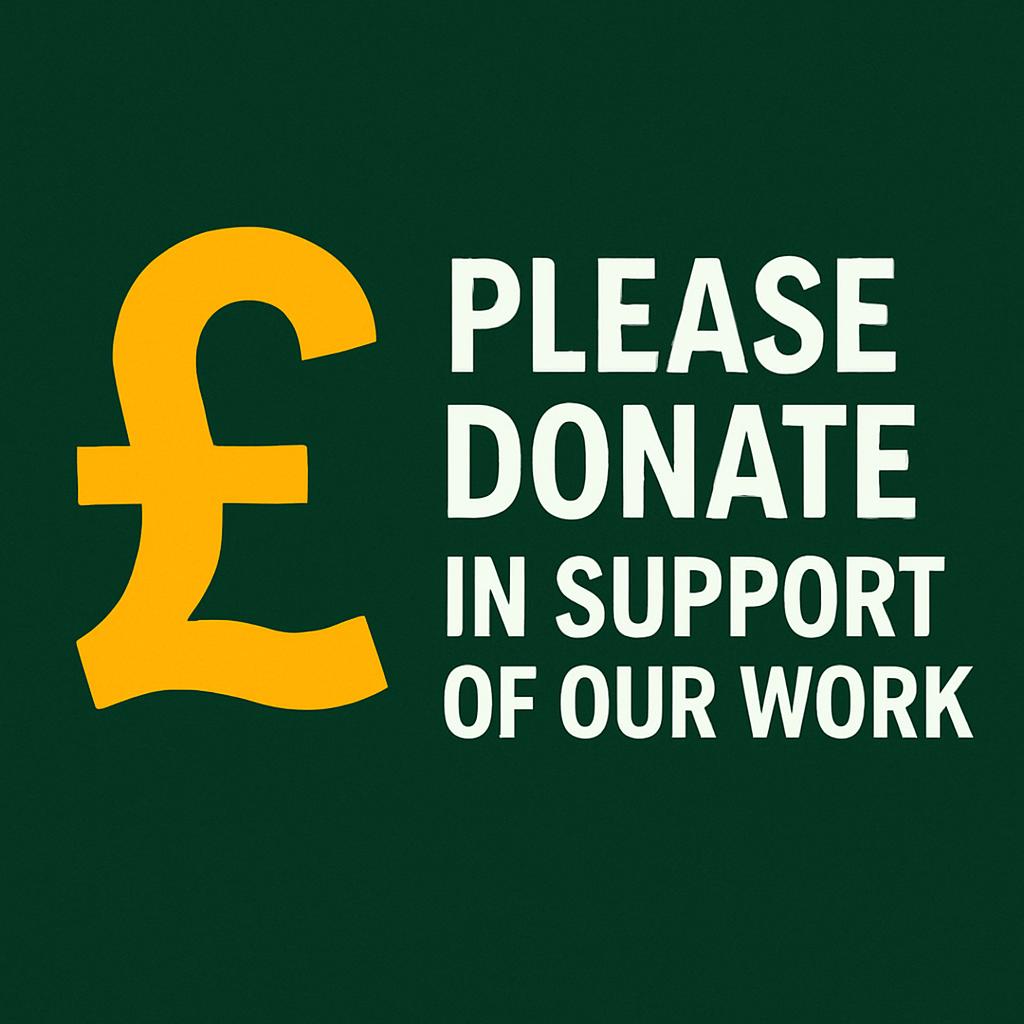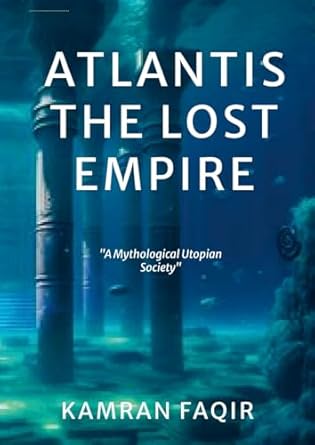Press Release: Veritas Press C.I.C.
Author: Kamran Faqir
Article Date Published: 13 July 2025 at 11:26 GMT
Category: Middle East | Palestine-Gaza | US-Israel At War
Source(s): Veritas Press C.I.C. | Multi News Agencies

Business Ads
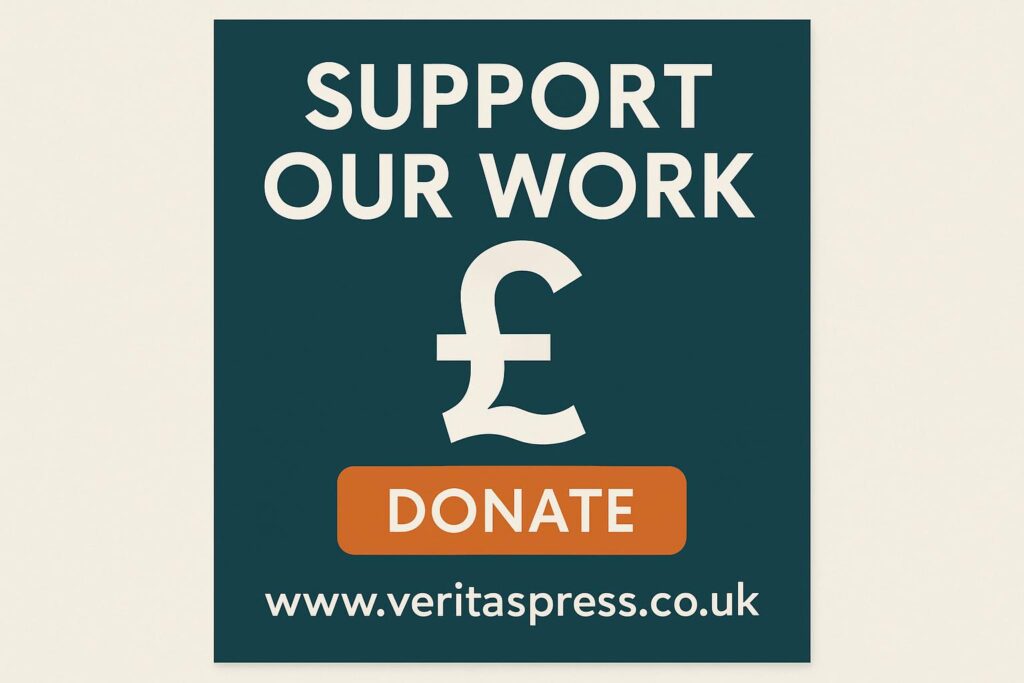

GAZA — Israeli forces have intensified their brutal bombardment of Gaza, with at least 50 Palestinians killed Sunday, including 10, six of them children, struck dead at a civilian water distribution point in the Nuseirat refugee camp. Meanwhile, at least 34 Palestinians perished while waiting for food aid at a United States-backed Gaza Humanitarian Foundation (GHF) site in Rafah, exposing a chilling new dimension of Israel’s siege strategy: targeting the very lifelines of a population under siege.
The Palestinian Civil Defence agency confirmed these figures, while medical sources reported over 110 Palestinians killed across the Strip on Saturday alone, many of them women and children.
“They Opened Fire Without Warning”
Survivors at the Rafah food distribution site described the attack as an unprovoked massacre. Samir Shaat, who survived the shooting, told WAFA reporters:
“They let us come to receive aid, let us carry the bags, then started shooting as if we were ducks being hunted. The bag meant to be filled with food turned into shrouds.”
Mohammad Barbakh, a father who narrowly escaped death, described the scene to AFP:
“They deceived us, then fired sniper shots directly at the crowds. There was no warning, no chance to flee.”
Video footage obtained by Al Jazeera showed frantic crowds scattering as Israeli gunfire erupted, turning a humanitarian aid line into a slaughter zone.
Water, Food, And Survival: Deliberate Targeting Of Civilian Infrastructure.
The attack on the water distribution point in Nuseirat refugee camp, which killed 10 Palestinians, including six children, marks a dangerous escalation. According to doctors at Al-Awda Hospital, many of the wounded are in critical condition amid shortages of medical supplies exacerbated by Israel’s blockade.
Khalil al-Degran, spokesperson for Al-Aqsa Hospital, told The Guardian:
“The vast majority of casualties suffer gunshot wounds to the head and legs. We are overwhelmed, lacking everything to treat these wounds properly. The destruction of water and food sites is not collateral damage; it is a calculated effort to crush Palestinian life.”
Independent experts agree. Omar Rahman, fellow at the Middle East Council on Global Affairs, said:
“Israel’s attacks on water, food, and medical sites reveal a genocidal strategy to systematically dismantle Palestinian society in Gaza. This is not war, it is engineered collapse and forced displacement, all under the guise of counterterrorism.”
A Humanitarian Catastrophe Amidst Stalled Diplomacy:
The attacks occurred amid stalled ceasefire talks in Qatar. According to Reuters, Hamas rejected Israeli proposals that would leave nearly 40 percent of Gaza under Israeli control, including all of Rafah, the enclave’s main exit point to Egypt, effectively sealing the fate of hundreds of thousands of displaced Palestinians.
Rights groups and international officials warn the siege is driving Gaza to the brink of starvation and disease. The Government Media Office in Gaza reported that 67 children have died from malnutrition so far, with 650,000 children under five at acute risk. The World Health Organisation recently warned that the destruction of water infrastructure risks an outbreak of waterborne diseases that could overwhelm already crippled medical facilities.
International Legal Bodies Sound Warnings Unheeded:
Last November, the International Criminal Court issued arrest warrants against Israeli Prime Minister Benjamin Netanyahu and former Defence Minister Yoav Gallant for war crimes in Gaza. Meanwhile, the International Court of Justice has called on Israel to prevent acts that could amount to genocide and to facilitate humanitarian relief.
Despite these mandates, Israeli forces have escalated attacks on civilian infrastructure, repeatedly denying safe passage for aid convoys. Amnesty International condemned the recent airstrikes as “deliberate attacks on civilian objects, in blatant violation of international humanitarian law.”
Eyewitnesses Describe Scenes Of Horror:
An eyewitness from Nuseirat told Al Jazeera:
“There was no warning. Families fetching water, children playing nearby, suddenly the sky was filled with bombs. People were screaming, bleeding, and many trapped under rubble. Ambulances could barely reach us because of ongoing shelling.”
A doctor at Shifa Hospital in Gaza City described the situation as “catastrophic.”
“We are losing hundreds daily, yet medical supplies and fuel are critically low. The blockade is a slow death sentence for this population.”
A ‘Humanitarian City’ Or A Concentration Camp?
The Israeli government’s announced plan to forcibly relocate Gaza’s entire population to a so-called “humanitarian city” on the ruins of Rafah has drawn fierce condemnation.
Political analyst Akiva Eldar told Al Jazeera:
“This is a plan for ethnic cleansing dressed up as humanitarian aid. Anyone involved in this project is complicit in war crimes. The message is clear: only one people are allowed to exist here.”
Omar Rahman concurred:
“The ‘humanitarian city’ is a euphemism for a concentration camp, a holding cell for Palestinians before further displacement or worse.”
Palestinian civil society groups warn that the plan is a deliberate attempt to erase Gaza’s Palestinian identity through forcible population transfer, a crime under international law.
A Legacy Of Displacement And Resistance:
Historian Lorenzo Kamel noted the historical continuity:
“July 13 marks the anniversary of the Lydda massacre and expulsion of 1948, when tens of thousands of Palestinians were driven from their homes. What we see today is a tragic acceleration of a process that has lasted for decades, a systematic policy of dispossession and forced exile.”
As Gaza reels from relentless Israeli airstrikes targeting its civilians, water, and food sources, the international community faces a stark choice: to allow a population to be starved and bombed into submission, or to act decisively to uphold international law and protect the basic human rights of millions trapped behind siege lines.
Conclusion:
The relentless Israeli bombardment of Gaza’s water and food distribution points, alongside indiscriminate attacks on residential neighbourhoods, exposes a chilling and systematic campaign aimed not merely at military targets but at the very survival of the Palestinian population. The targeting of civilians, children fetching water, families waiting for aid, constitutes more than tragic collateral damage; it is a deliberate strategy of collective punishment designed to crush resistance by eroding the basic means of life.
Yet, this horrific reality unfolds under the shadow of Western complicity. The United States and its European allies have not only provided Israel with overwhelming military, financial, and diplomatic support but have also consistently blocked meaningful international action to end the siege and hold perpetrators accountable. The Western powers’ silence and political cover effectively enable the ongoing destruction and facilitate the weaponisation of humanitarian aid, transforming aid sites into “death traps” rather than sanctuaries.
The recent deadly attack on the Gaza Humanitarian Foundation site in Rafah, where Palestinians were gunned down while seeking food, exemplifies this grim dynamic. Witnesses describe Israeli forces firing without warning at desperate civilians, while Western governments offer only perfunctory condemnations that fall far short of sanctioning the occupier or pressuring for an immediate ceasefire.
This violent siege and forced displacement strategy is not an aberration but the continuation of a longstanding policy to engineer the collapse of Palestinian society in Gaza, paving the way for a permanent erasure of its population’s rights and presence. The proposed “humanitarian city” in the ruins of Rafah is a euphemism for concentration, containment, and eventual ethnic cleansing, an affront to human dignity and international law.
Eyewitness testimonies, medical professionals, and human rights organisations consistently reveal a pattern of deliberate attacks on civilians and infrastructure crucial to survival. These violations amount to war crimes, yet accountability remains elusive as geopolitical interests and Western strategic calculations overshadow justice.
The Gaza crisis is a humanitarian catastrophe unfolding in plain sight, demanding urgent, uncompromising action. To stand by quietly, whether through active support or wilful silence, is to be complicit in a slow-motion genocide. The international community, led by the West, must break its silence, enforce existing legal mandates, and exert genuine pressure to end the siege, ensure unrestricted humanitarian access, and uphold the inalienable rights of Palestinians to live with dignity and security in their homeland.
Without such intervention, Gaza’s fate will be sealed by starvation, displacement, and death, an indelible stain on the conscience of humanity and a stark indictment of Western hypocrisy.The World Watches As Gaza’s Survival Hangs By A Thread, One Bomb, One Bullet, One Denied Drop Of Water At A Time.
Advertisements
Tags:
